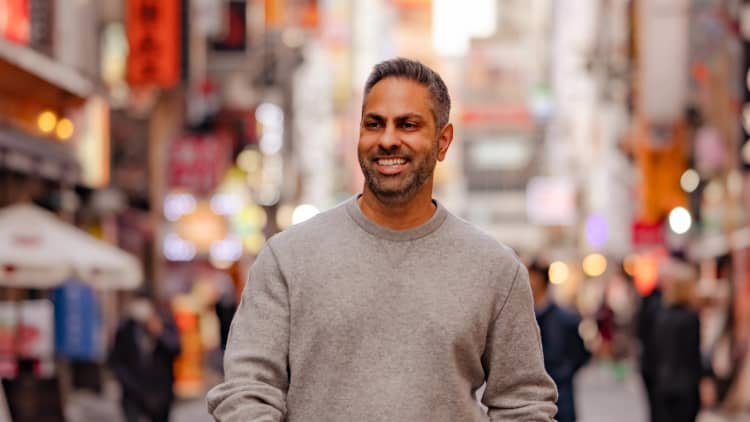Ramit Sethi is a self-made millionaire and the star of Netflix's "How to Get Rich" — but don't expect him to splurge on a luxury car any time soon.
In fact, Sethi still drives the same Honda Accord be bought for himself after graduating from college in 2005.
"It's a very sensible car. I keep it in meticulous condition," he tells CNBC Make It. "Could I buy a new car tomorrow? Sure. Is it important to me? No."
Since his car is paid off, not having a monthly car payment allows Sethi to put that money toward other things that are important to him, including travel, donations and investments.
The 'money dial' approach
Sethi calls this spending strategy the "money dial" approach. You allow yourself to spend more on the things you enjoy by spending less on things you don't necessarily care about, he explains.
"I spend extravagantly on the things I love, but I cut way back mercilessly on the things I don't," he says.
Basically, turning your "money dial" down in certain areas allows you to turn it up in others. If you love buying books, for example, turning the money dial up in that area may mean buying more books or getting a front row seat to see your favorite author speak.
"This is where money becomes much deeper than just buying stuff. Money creates meaning, and that is really a core part of a rich life," Sethi says.
We often don't think about spending more on the things we love because we're taught that money should only be restrictive, Sethi says. But, "it's OK to just want something, be able to afford it and then buy it."
Rather than solely focus on depriving yourself, this approach allows you to zoom in on the things you love and spend freely in those areas. But it also means cutting back on the less important things.
Creating a 'conscious spending plan'
Applying the money dial approach to your personal finances is part of creating a "conscious spending plan," Sethi says. This method involves allocating your money toward four categories:
- Fixed costs, such as your rent, mortgage or student loan payments
- Savings, which includes your emergency fund
- Investments, such as your 401(k) contributions
- "Guilt-free spending," such as traveling and dining out
By taking care of your financial responsibilities first, you can then spend the remainder of your money "guilt-free."
"We are taught that money should only be restriction," Sethi says. "Let's actually flip it. Let's talk about spending more on the things we love."
DON'T MISS: Want to be smarter and more successful with your money, work & life? Sign up for our new newsletter!
Get CNBC's free report, 11 Ways to Tell if We're in a Recession, where Kelly Evans reviews the top indicators that a recession is coming or has already begun.
CHECK OUT: Self-made millionaire: You don’t have to give up lattes to get rich—do this instead



